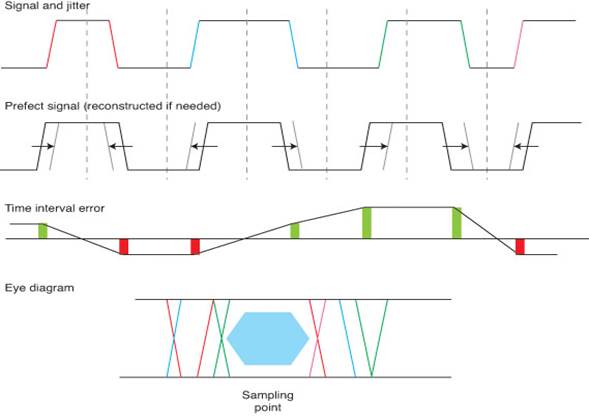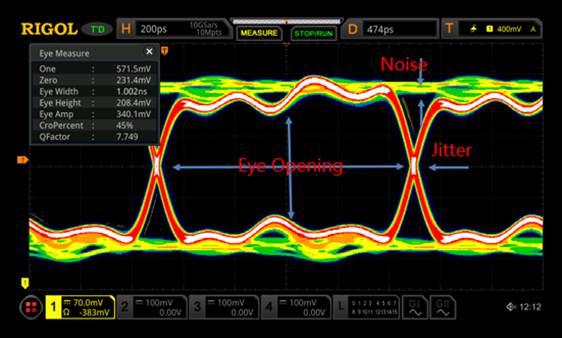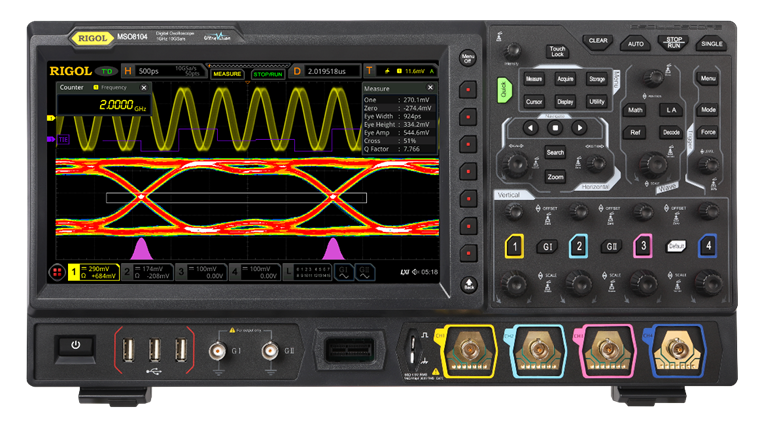
john






Let’s empower Jitter test capabilities to meet engineer’s requirements
Jitter is a terminology which is known as time base error, refers to the difference between periodic signal and a true period in the fields of electronics and telecommunications, and is usually equivalent to a reference clock signal. The time base error will affect the analog output of the digital-to-analog converter. In the communication link (such as USB, PCI-Express, SATA, etc), especially during the restoration of the sampled signal, it is not desirable to jitter. Like all time-varying signals, jitter can be quantified, such as root mean square, peak-to-peak displacement; it can also be quantified by spectral distribution. The jitter period refers to the period in which the time between two peaks of a signal changes. The jitter frequency is the reciprocal of the jitter period. If the jitter frequency has little effect on the system, it can be ignored in low-level system design. For any sampled digital signal, you need to know the sampling clock at the time of restoration, and the information has not been communicated at the restoration point, which will make the restored signal imperfect, which will cause more serious distortion in the real-time system. Jitter belongs to a type of digital noise. The main source of jitter is that the transmission time of electrical signals is different. We know that any transmission line will have capacitance effect. Capacitance effect is an obstacle that affects transition edge of digital signals. (that is, rising or falling time from 0 to 1, 1 to 0) However, it is not only the capacitance of the transmission line itself, but also the crosstalk effect between line pairs and it will also cause the line charging time to be hindered. Such signal delay causes sampling and restoration errors in the analog-to-digital converter (ADC) and the digital-to-analog converter (DAC). In addition to capacitance effect, electromagnetic interference (EMI) can also induce the Jitter with time base errors. Therefore, a good digital transmission line is essential to be designed for the following items:
1. Line capacitance
2. Line pairs crosstalk
3. Electromagnetic interference protection
4. The length of transmission line
5. Impedance matching issues

RIGOL MSO8000 series is a suitable instrument which can implement full jitter measurement on digital transmission design and it also involve eye diagram result combined with correspondent jitter result. The jitter measurement items can be separated for Time interval jitter and Cycle to cycle jitter, it bases on software foundation and versatile clock data recovery algorithms, so flexible typed jitter test result can be demonstrated from different mathematical perspecitves. MSO8000 is the most economic tool which can empower engineers and enlarge the test capabilities during research and development stage.

RIGOL MSO8000 series is a suitable instrument which can implement full jitter measurement on digital transmission design and it also involve eye diagram result combined with correspondent jitter result. The jitter measurement items can be separated for Time interval jitter and Cycle to cycle jitter, it bases on software foundation and versatile clock data recovery algorithms, so flexible typed jitter test result can be demonstrated from different mathematical perspecitves. MSO8000 is the most economic tool which can empower engineers and enlarge the test capabilities during research and development stage.




Contact

contact
RIGOL TECHNOLOGIES, CO. LTD.
Address: No.8, Keling Rd., Hi-tech Development Zone, Suzhou, China
India Local Contact: 1800-572-06-26 (Toll-free)
Taiwan Local Contact: 0800-666-123 (Toll-free)

